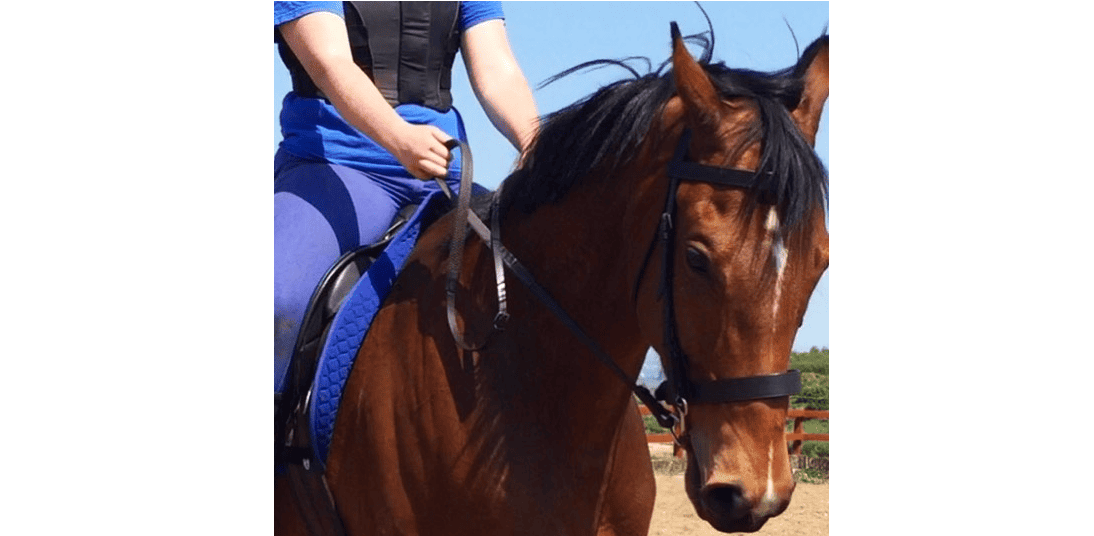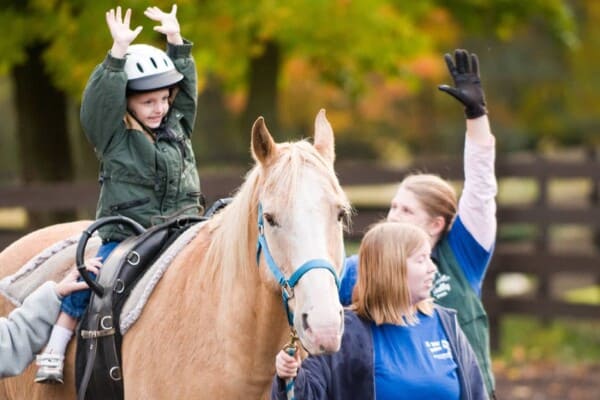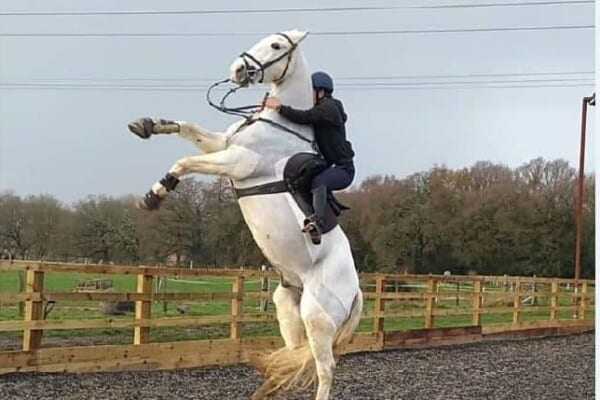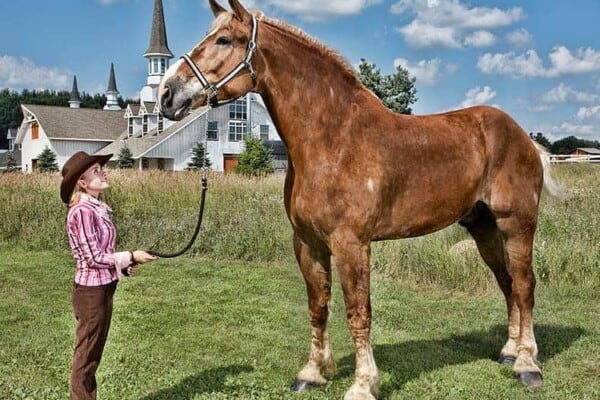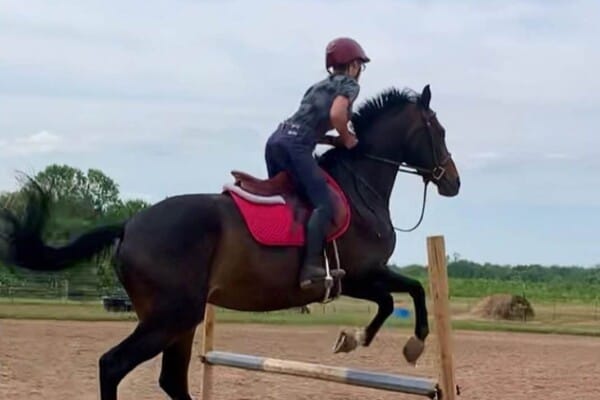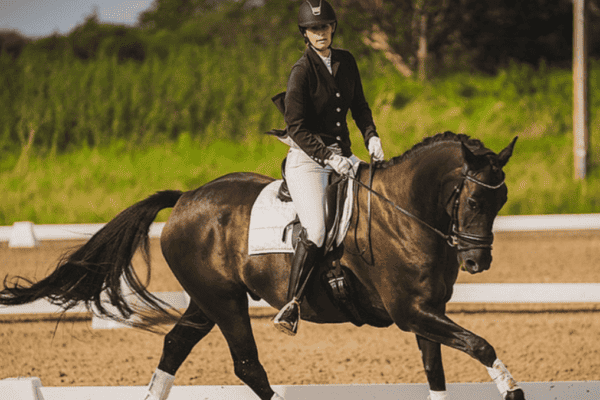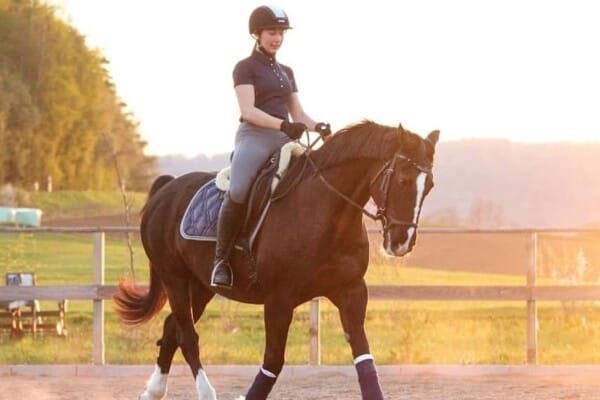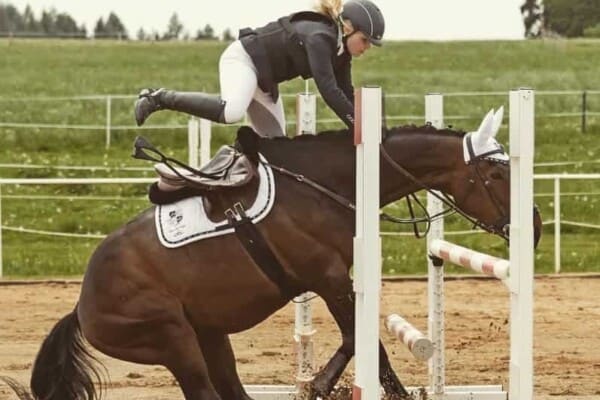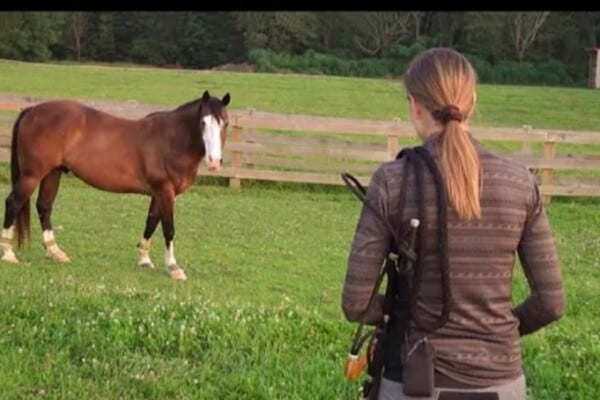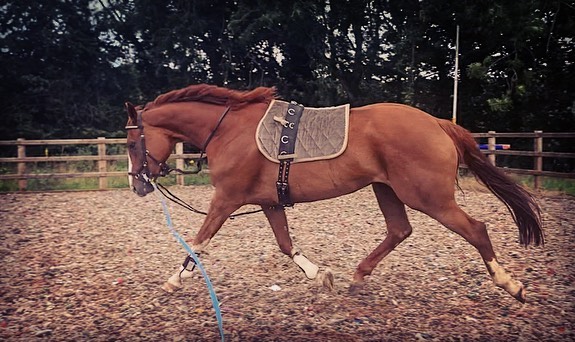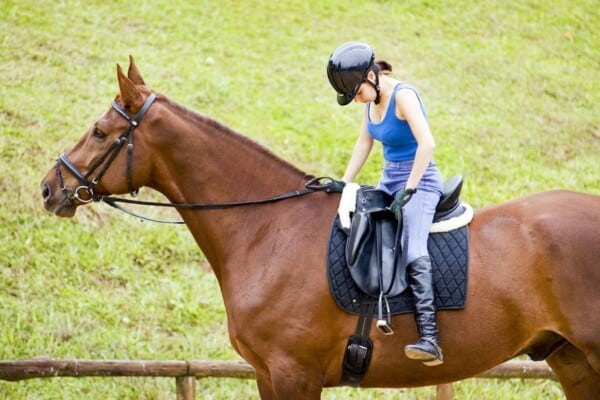Contact or, more precisely, the contact with the horse’s mouth is one of the great keys and yet one of the most complex mysteries of riding all at the same time. An even elastic contact is what all the trainers and competitors talk about. However can often seem as elusive as the crock of gold at the end of the rainbow!
So many things can affect the contact the rider has with the horse’s mouth and these include:-
- The level of the rider
- The experience or inexperience of the horse
- The bit
- The discipline – hacking, eventing, dressage, show jumping or cross country
- Whether the horse has any pain or discomfort in his mouth
- The horse’s past experiences
Contact will vary from horse to horse and it takes more than a little ‘feel’ to be able to figure out the type of contact a particular horse likes.
- Your hands bounce around
- If you are a novice rider or even a beginner then your contact will be affected by your balance – anything that challenges your balance may cause you to pull on the reins. This will improve over time but make sure that the riding you are doing is not too challenging for your level and supplement school sessions and hacking with lunge lessons where you can focus totally on yourself and your position.
- Hands that move around too much often indicate a lack of softness at the elbow; a quick check in sitting trot will usually expose where the weaknesses are. The elbow absorbs the movement of the horse and will vary depending on the gait you are in as this dictates how the horse moves his head. Lunge lessons will allow you to ride without reins and explore how your balance feels through your arms without having to worry about contact with the horse’s mouth or any control issues.
- The elbow joint should be flexed and feel heavy and weighted, concentrate on this feeling as if the arm becomes too straight, the hands will start to move around excessively and the reins will act as a lever on the horse’s mouth. A heavy elbow will result in a light wrist and a natural hand carriage whereas a straight arm and a fixed elbow will create the opposite effect.
- Not closing your fingers around the reins
- This is a common problem and the rider will keep finding that their reins are too long and they need to shorten them up all the time. Some riders worry that the contact is too strong on the horse’s mouth and open their hands in a desire to be softer whereas others make the mistake of riding with the reins too long. For many, it is just a bad habit. Whilst no contact should be rigid and unchanging, most horses dislike a rider who is constantly picking up the rein and then letting it out again so riders need to learn that an inconsistent contact is disliked by the horse and a definite contact with a closed hand can be more forgiving.
- There are lots of teaching techniques to encourage riders to make a closed grip around the reins – imagine a winning lottery ticket in each hand, not something you would want to drop! Some reins have markers to help you keep your hands in the right place or you can just as easily wrap an elastic band around the rein in the correct location so you can feel the ridges which will confirm that you have the reins at the right length. Don’t swap one problem for another – don’t keep looking down to check your rein length – looking down is another bad habit which can be hard to cure.
- The backward hand
- Some riders have the habit of drawing back with the hand, this can be obvious or it can be quite subtle and is not just limited to novice riders who often do this for security when their balance is challenged. It’s very easy to become a little backward thinking however competent you are as there is always a situation when the rider feels in a difficult position or under pressure and the hand invisibly becomes a little stronger and the leg comes off slightly.
- In these situations, try and put the leg on and ride forward to the hand even if your brain is telling you to hold harder, the stronger contact will encourage the horse to lean and pull which will become even easier if you have taken your leg off and the horse is not working properly from behind.
- Flexed Wrists
- Riding with flexed wrists will often end up turning the hands in or make the rider look as if they are playing the piano with the wrists uppermost. Makeshift splints are actually incredibly effective at making the rider aware of what they are doing as it is often an ingrained habit which can be difficult to change especially if the rider doesn’t realise how often they are doing it.
Three contact mysteries solved
- The contact is actually created by how the horse works from behind into the rein contact, improving the contact can therefore sometimes be a question of improving the activity or engagement of the hindquarters
- The contact sits in the rider’s elbow; even though it is the hand that is closed around the reins the elbow is the most dominant joint and contact problems can often be traced back to the elbow which should be softly flexed
- A softer arm and better contact often come with a shorter rein, not a longer one – long reins are far more likely to encourage an inconsistent contact which the horse dislikes and the rider will end up with their hands in their lap. The elbow joint should sit just in front of the body and be softly flexed but weighted
Riders should strive to try and develop hands which are independent of the seat and this only comes through time and patience and hours spent in the saddle with the right tuition. Just remember, all the great trainers and coaches will always tell you that the rider’s hands belong to the horse and that includes the arm as well. right up to the elbow.

